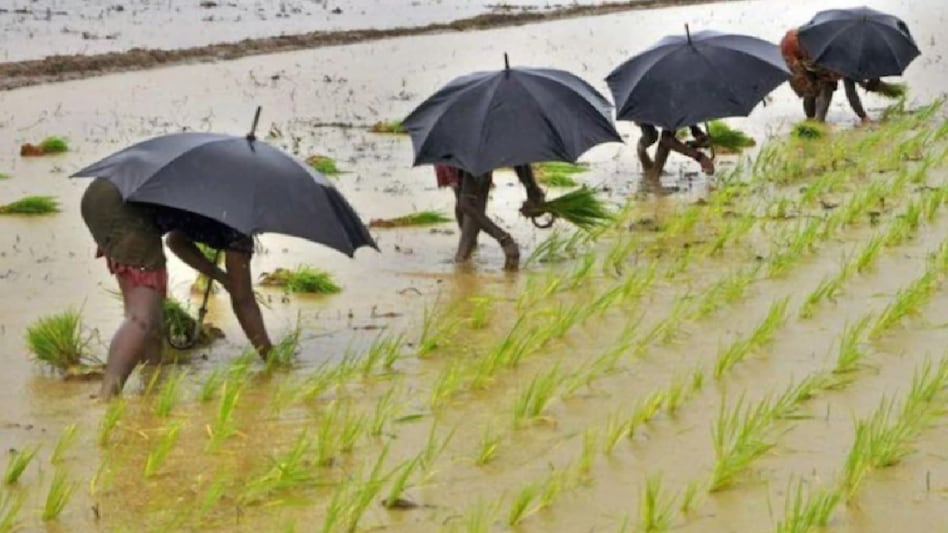 After driest August since 1901, India could receive average rains in September: IMD official
After driest August since 1901, India could receive average rains in September: IMD official After driest August since 1901, India could receive average rains in September: IMD official
After driest August since 1901, India could receive average rains in September: IMD officialIndia is likely to receive an average amount of rainfall in September, top IMD official said on Thursday, after the driest August since 1901.
The monsoon, vital for the $3-trillion economy, delivers nearly 70% of the rain India needs to water farms and refill reservoirs and aquifers.
Monsoon rains were 36% below average in August at 162.7 mm and overall summer rains were 10% lower than normal since the season began on June 1, Mrutyunjay Mohapatra, director-general of the India Meteorological Department, said at a virtual news conference.
"There have been weak monsoon activities on most days in August and rains were rather weak in most parts of the country," Mohapatra said. "Only some regions that were dry in June and July got better rains in August."
Due to a weak start, monsoon rains were 9% below average in June, with rains rebounding to 13% above average in July. Summer rains again turned patchy in August.
Above normal temperatures likely over most of India in September, the IMD official said.
Mohapatra said September is likely to witness normal rainfall in the range of 91-109 per cent of the long period average of 167.9 mm.
However, Mohapatra said even if the rainfall in September was to remain on the higher side, the June-September seasonal rainfall average is expected to be below normal for the season. He said development of El Nino conditions in the equatorial Pacific Ocean was the most important factor behind the deficient rainfall activity in August.
However, the Indian Ocean Dipole – the difference in sea surface temperature of Arabian Sea and the Bay of Bengal – has started turning positive, which could counter the El Nino impact, Mohapatra said. He said the Madden Julian Oscillation – the eastward moving pulse of cloud -- and the rainfall in the tropical region too was turning favourable and play a role in the revival of monsoon
El Nino, a warming of waters that usually stifles rainfall over the Indian subcontinent, has emerged in the tropical Pacific for the first time in seven years.
After recording the weakest August, overall monsoon rains were 10% below average between June and August. The driest August has also set India up for its lowest monsoon rains in eight years.
When El Nino hit monsoon rains in 2015, India faced widespread drought.
Patchy monsoon rains raise concern about the output of summer crops such as rice.
The erratic distribution of monsoon rains has led India, the world's largest rice exporter, to limit rice shipments, impose a 40% tax on onion exports, permit duty-free imports of pulse, and could potentially result in New Delhi banning sugar exports.
With inputs from agencies